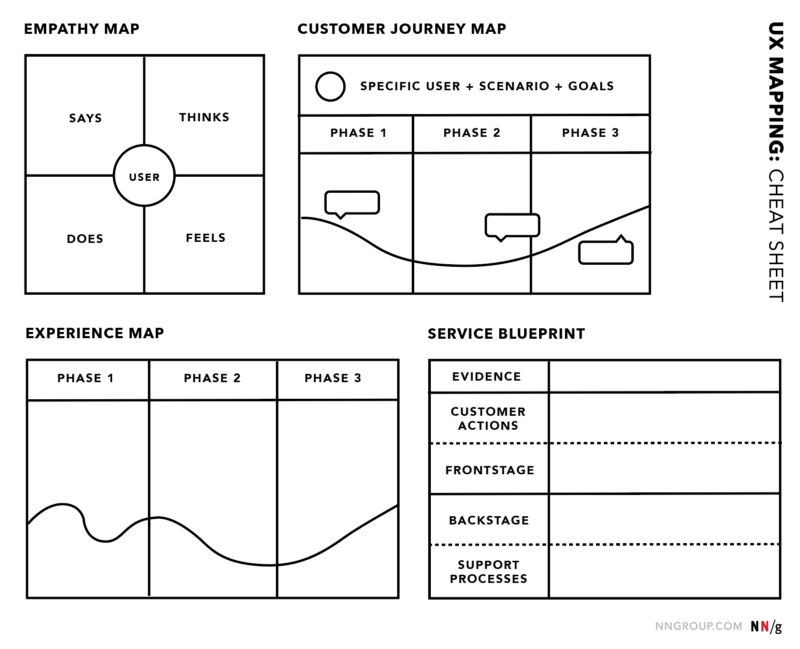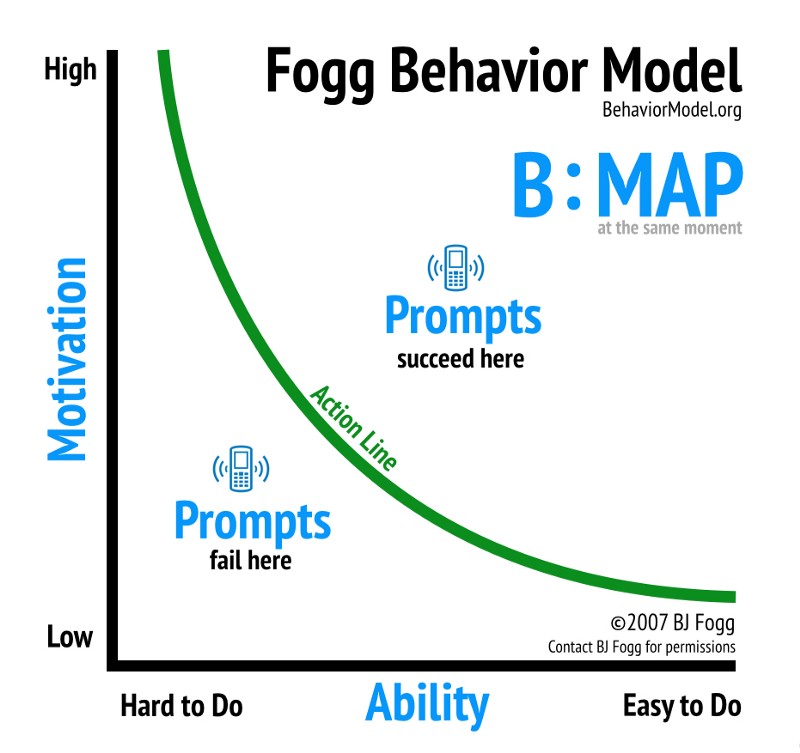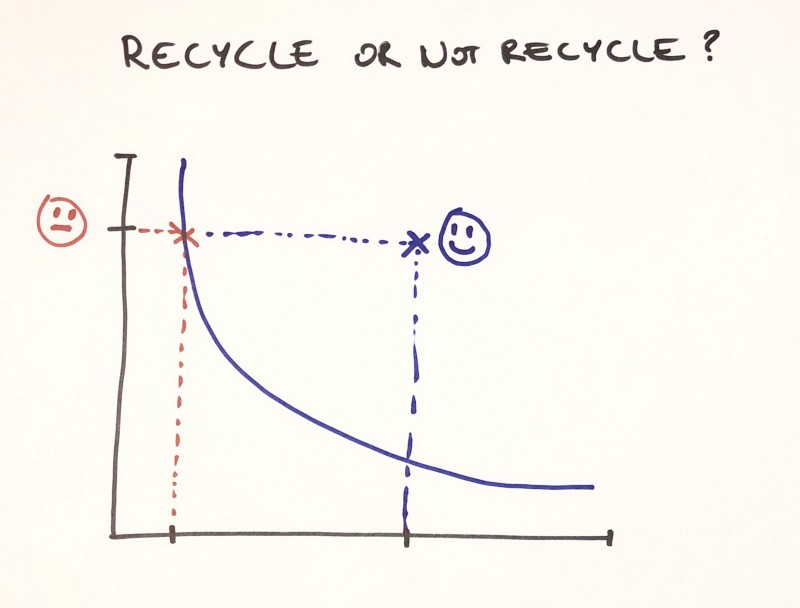To serve people well, it has to be human-centric at some point.

Today’s companies, even the smallest one, have access to User Experience, Design Thinking, and Human-Centric practitioners more easily than ever. The state of awareness and adoption of such practices is increasing each year, therefore the “quality” of the experiences delivered by companies around the world might increase too.
However, we are not all equal toward adoption and change in general. Cultural, social and societal norms are important aspects when it comes to new idea and concept penetration. These dynamics can be observed from different perspectives: e.g. a market, a country, or a specific population.
Mind the Gap
For instance, in Switzerland, the mentality is really different from the Anglo-Saxon one. Everything may seem slower. There is a largely shared risk-averse mindset, more trust in established institutions and systems. Legacy is everywhere as well as regulations.
This could be seen as a disadvantage, but objectively, if we look at the Swiss economy, the very well developed country’s infrastructures, the health care system, etc., it’s a difficult position to hold. Of course, this is not the whole story and I won’t jump into a micro-level analysis here, because I chose Switzerland, not as a good example of anything, but much more as a pretext to talk about something much wider.
Here is my point: in Europe (at least), people suffer from systems that deliver truly poor experiences. Systems developed by public institutions. Systems that, for administrative or technical or legal purposes, have been de-humanized. And therefore, people learned to live with them by adapting their lives around those systems: citizens, companies, and even service officers working for those organizations are struggling every day because of inherent bad design and de-humanized decisions.
And let’s be clear: it’s not about digital transformation, nor it is about the user experience of some visible parts of those institutions such as websites and other platforms. It doesn’t necessarily have anything to do with technology. It’s about how at its core, people think about what they do, how they do it and for whom they do it.
Experiences Matter
Take for instance ecology. In Switzerland, there is a strong emphasis on this topic for years: renewable energies, recycling, etc. The cantons and cities are incited (obliged) to provide recycling and sorting collection points, and citizens are taxed depending on how much waste they’re producing.
As a human living on a spaceship with limited resources (aka Earth), I feel necessarily concerned with this subject. As a citizen, I feel motivated because –well– more I produce waste, more I pay. But when some towns implemented this system, they probably looked at criteria such as:
- Complexity
- Immediate costs
- Maintenance costs
- Etc.
Based on those criteria, some concluded it does not matter if people have to take their cars and travel about 5 km away in a joint collect center that serves different towns, to properly sort and recycle their waste. Interestingly, in Switzerland, public transports are really well developed and you can go almost everywhere without a car.
And the funny part is, there are already several underground containers for unsorted garbage bags in my city. I just have to take my bags, walk a few meters and put them in the container. So, why do I have to take my car, go on a 5km trip to recycle, while in the meantime, it is so easy to not recycle at all, and put everything directly in the trash?
Nothing absurd here… 😒
Surely, I will pay more by doing so (and it’s bad 🙈 😠), but still, it requires less effort.
The Human-Centered Thinking
What if someone has told them that there are approaches that guarantee more success in behavior change and provide real benefit to the human experience?

These approaches, such as Design Thinking and User Experience, provide tools that help understand the current state of use of a system and therefore help us better decide where and how to act in order to generate the intended behavior.
I personally like the Fogg Behavior Model to explain and influence people behavior. The model is quite easy to understand: for a behavior to occur, a subject should have the motivation AND the ability to perform it. For instance, if you have a high motivation but very low ability, the behavior will fail to occur and vice-versa. The threshold is represented by the “action line” in the chart.

Here, motivators can be defined into two categories: internal and external. Internal motivators could be money, self-interest, well-being etc. while external motivators could be social acceptance/rejection for instance. Dr. B.J. Fogg devised some larger themes for motivators and I really recommend you to take a deeper a look into this model.
Now, if we go back to my example on ecology using the Behavior Model, what can we say?

Objectively, my motivation (for both internal and external motivators) is high and my ability is far from being optimal. However, I do take my car to properly recycle, but it’s clearly an effort I would prefer not to take.
Why the hell ecology should be painful?
Conclusion
Public institutions should realize the experiences they create, and therefore should take more carefully the human experience aspect of it. There are great approaches that can be really beneficial to these organizations as well as the people that undergo their decisions.
There is a trend within some institutions to invest in Service Design and Design Thinking approaches. However, it seems far from being a priority in most European countries.
Thanks for reading!
Like what you just read?
Give some claps 👏👏👏👏👏👏 and hit the follow button!













Discussion